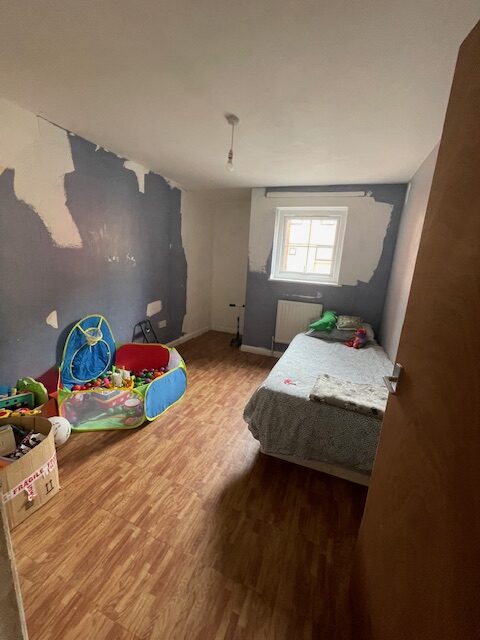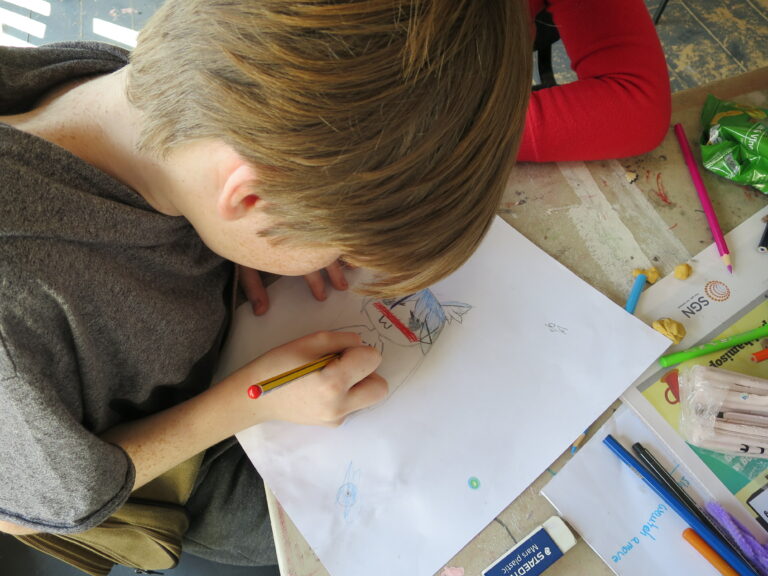London has the highest rate of child poverty in England.
700,000 (33%) of children in the capital live in poverty.
Defining Child Poverty
The Childhood Trust defines children as living in poverty when they lack an acceptable level of material resources and experiences relative to their peers. This includes but is not limited to having a nutritious diet, participation in leisure and recreational activities, and living in homes with a minimum standard of basic amenities such as furniture, cooking facilities, hot running water, heating and free from damp and mould. All children should live free from the stress and uncertainty caused by not having enough household income to achieve these things.

Relative & Absolute Poverty
- Relative poverty is defined as the percentage of people living in households with annual incomes below 60% of the median income that year. The threshold for relative poverty fluctuates year to year.
- Absolute poverty refers to people living in households with annual incomes below 60% of the median income in the 2010/2011 year. The threshold for absolute poverty is fixed.
- Relative and absolute poverty measures can be considered before housing costs (BHC) and after housing costs (AHC).
- Poverty rates that include housing costs more accurately capture the amount of funds families in poverty live on.
- 700,000 children live in poverty (relative) in London after housing costs are taken into account (AHC).

Minimum Income Standard
- The Minimum Income Standard (MIS) reflects what members of the public think is needed for a minimum socially acceptable standard of living in the UK.
- In 2023, the MIS equated to an income of £50,000 per year to support a couple with two children.
- Of all demographic groups, children are most likely to live in households with an income below the annual income required for a socially acceptable standard of living.
- 40% of individuals living in households falling below the MIS standard are children.* *Joseph Rowntree Foundation, taken from 2020/2021 data, the most recent year for which household income data is available.
Our programmes and projects improve the life chances of disadvantaged children and grow the capacity and sustainability of children’s charities in our network.
We regularly conduct research on our programmes and projects to better understand how to effect positive change in the lives of disadvantaged children and young people.